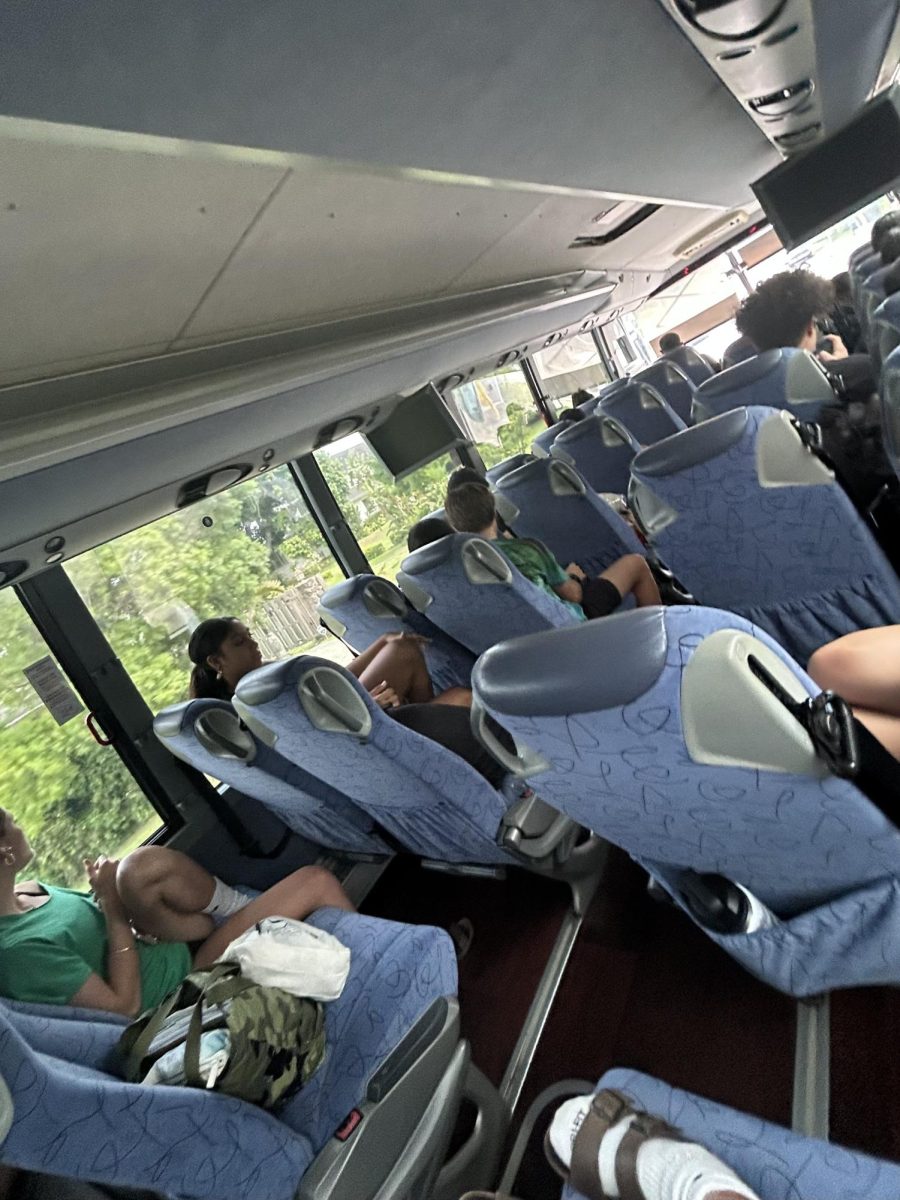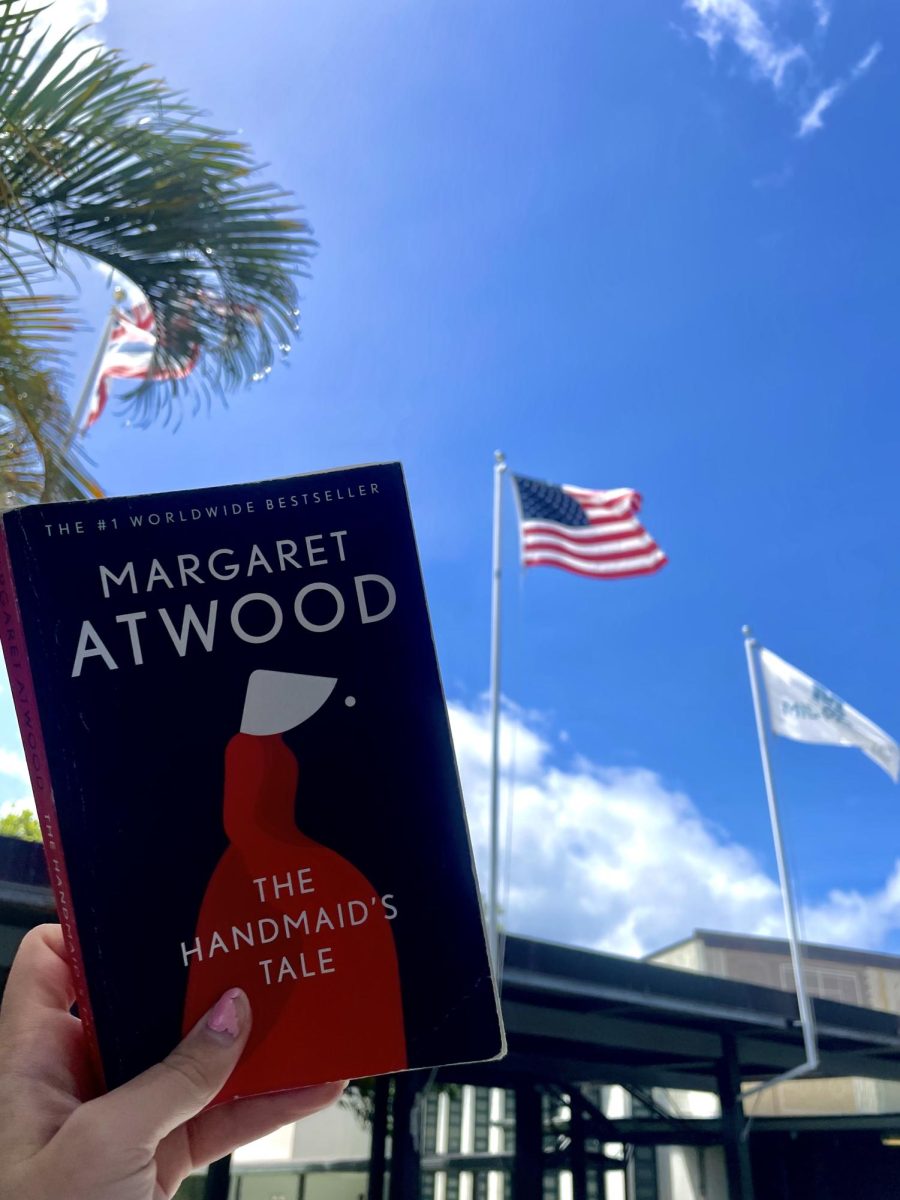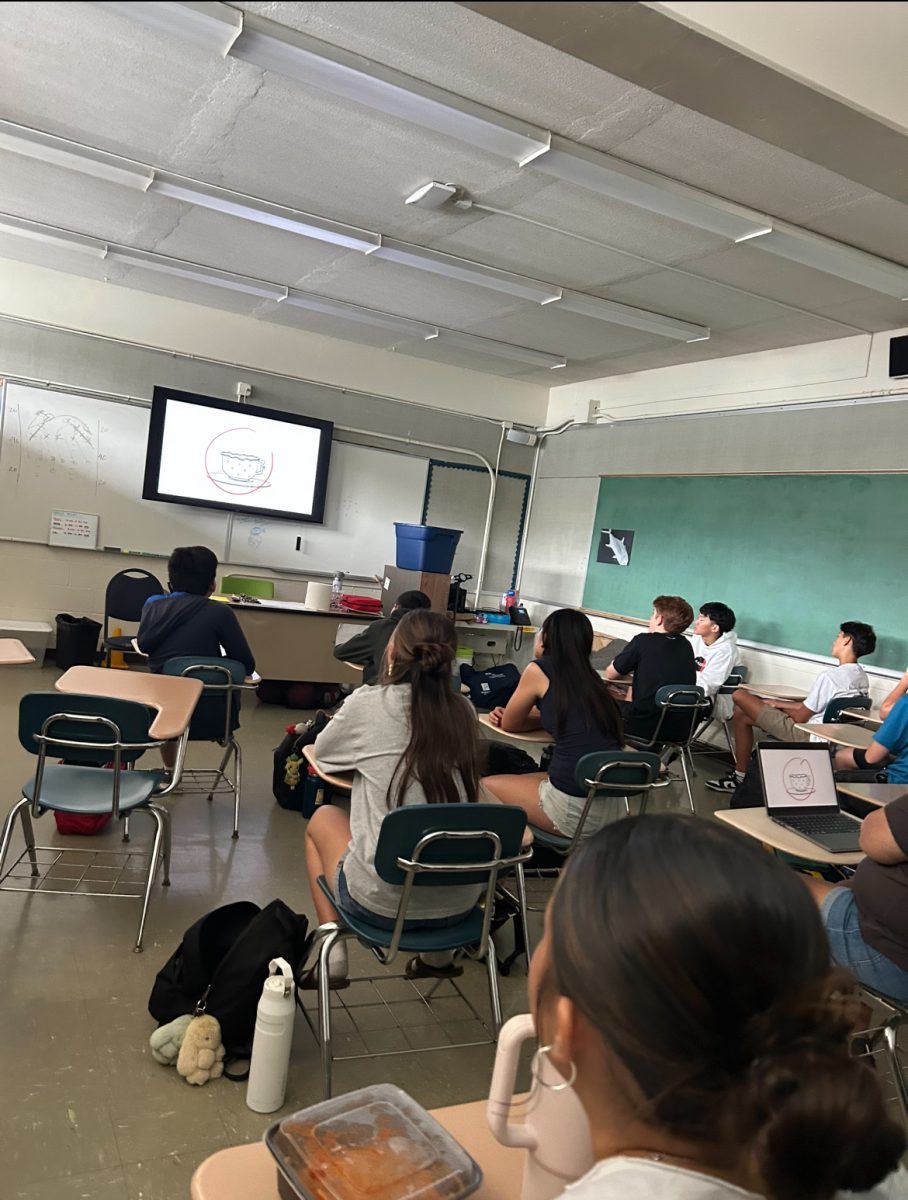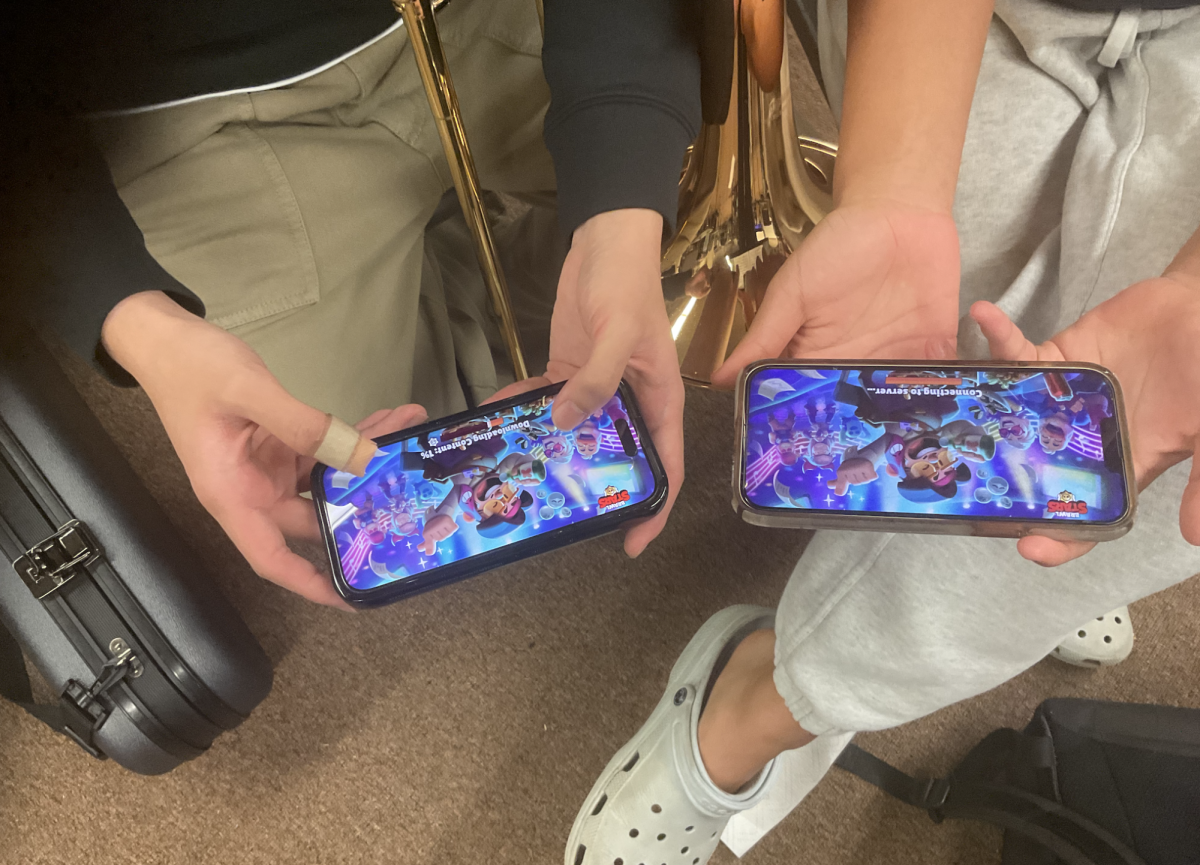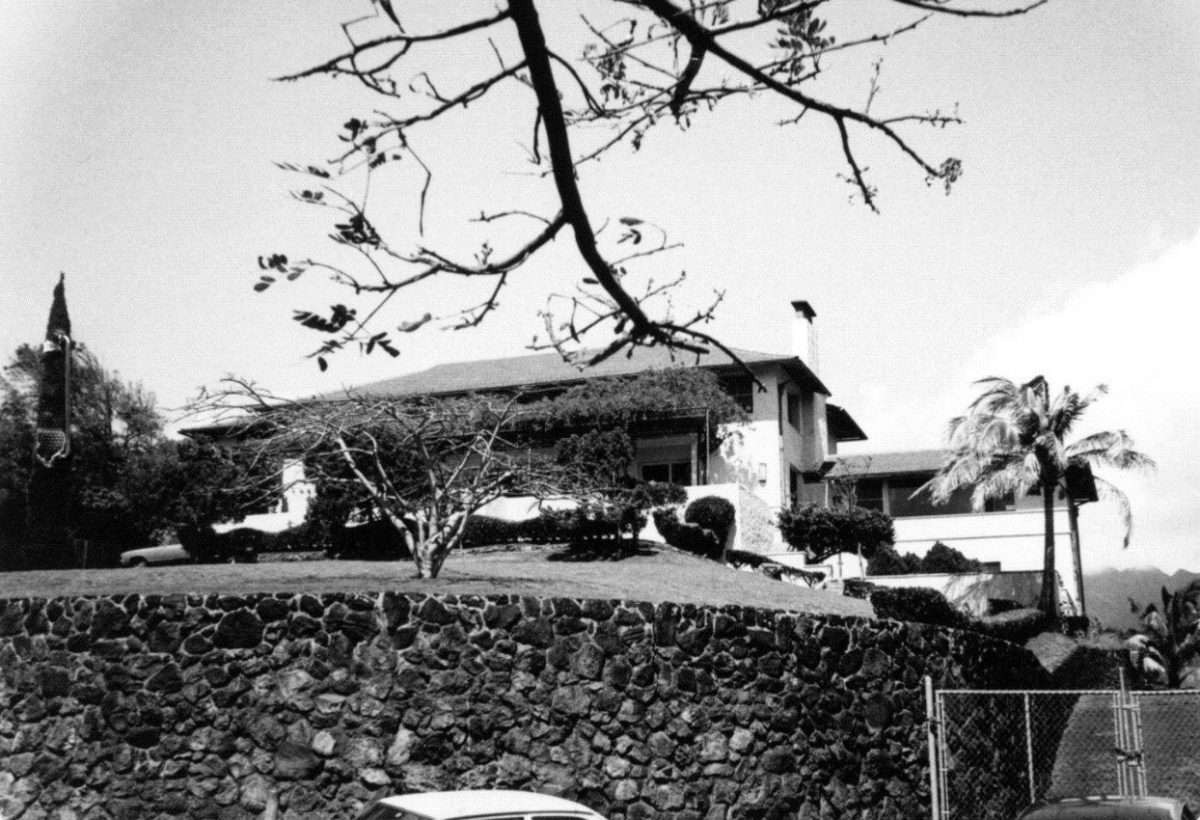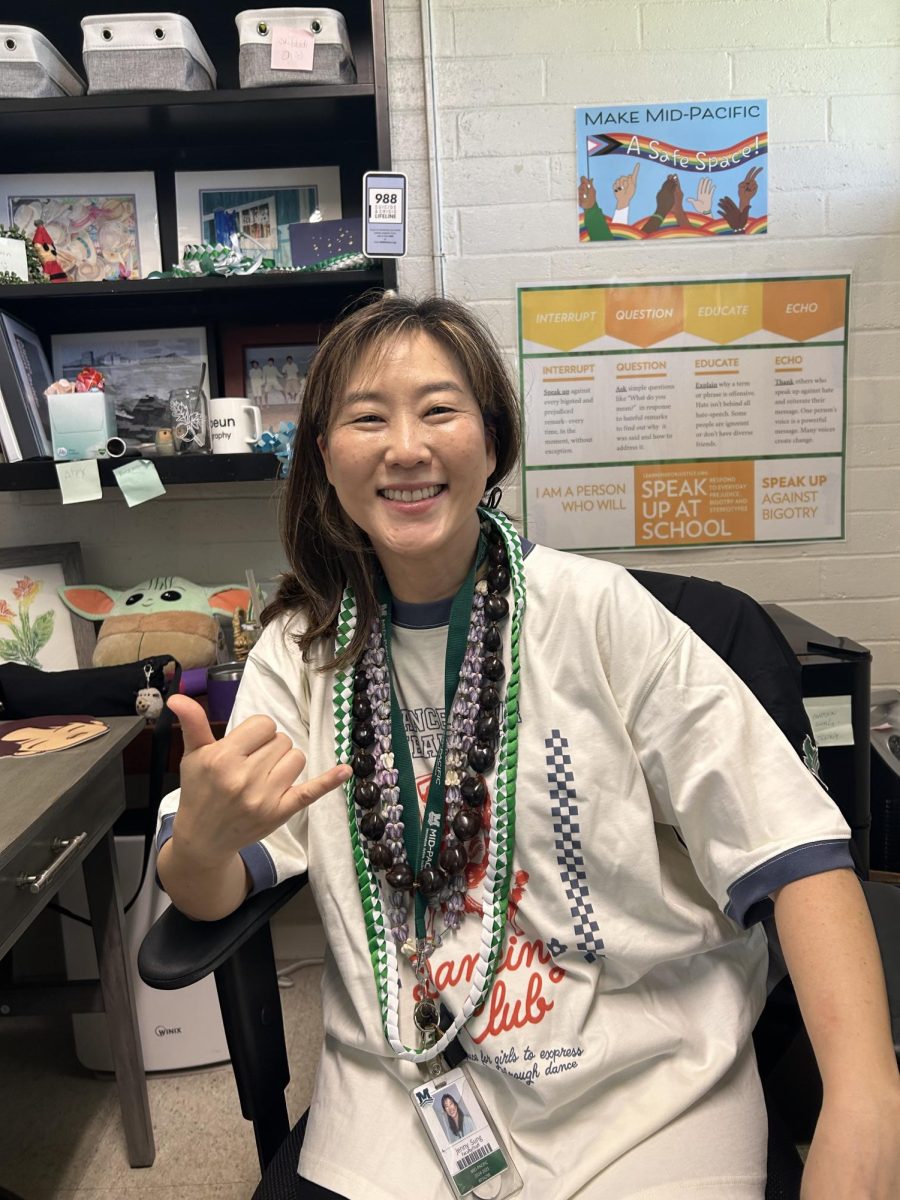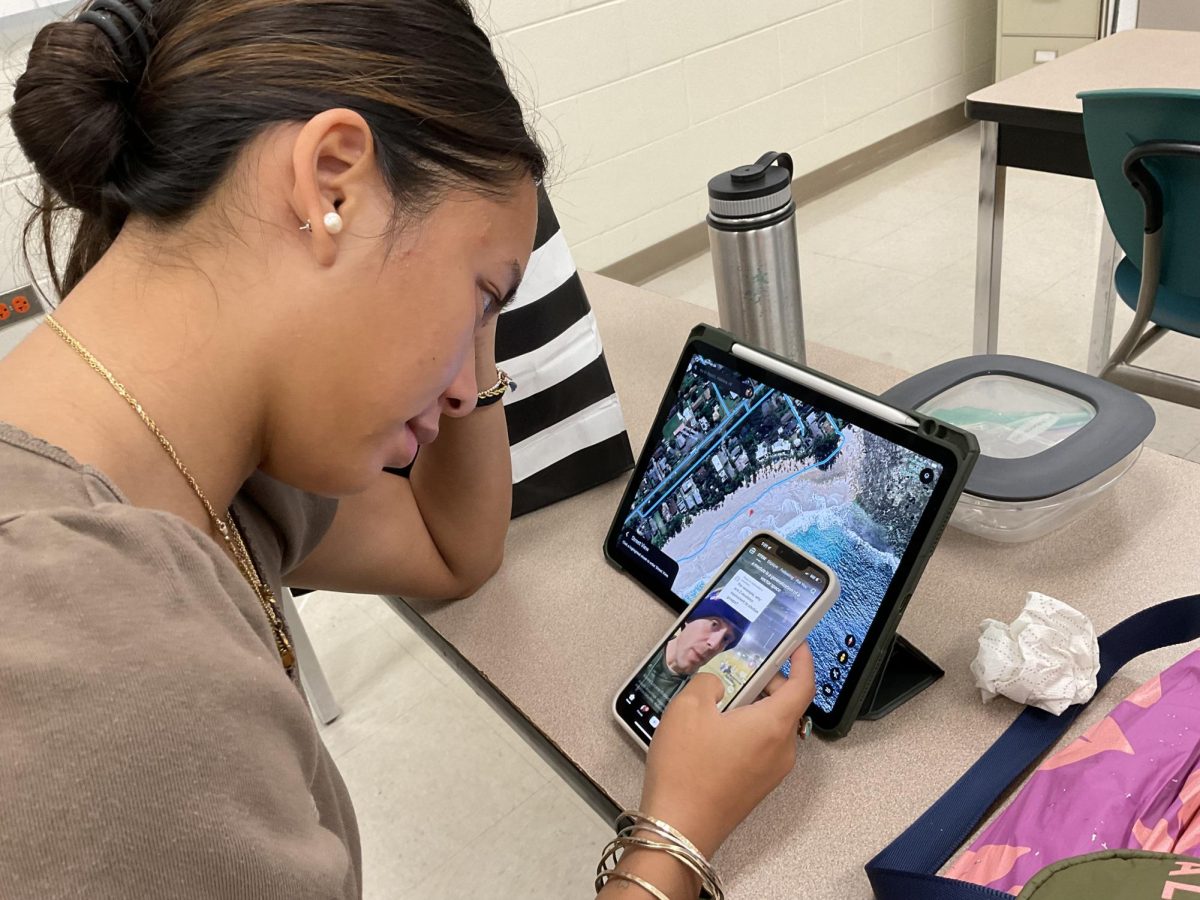What happens when a well-intentioned school policy ends up causing more hassle than help? For students attending after-school events–whether it’s a game, competition, or just attending practice–a rule requiring them to take the bus both to and from the event can turn an already long day into an even longer night, especially when a parent is ready and waiting to take them home.
A transportation policy at Mid-Pacific requires student-athletes to take a bus ride to and from school practices and games. That means they cannot be driven or drive themselves to any sports events. This can be inconvenient for some students who would much rather head straight home after a long day of school and sports.
Though the rules have become more firm compared to previous years of athletics, the policy didn’t come out of nowhere.
The official policy states that “all student-athletes on the team must ride the team bus to the off-campus practice or game when a bus is scheduled, unless they have permission from the coach to drive themselves. Carpooling with multiple students is prohibited.”
School officials say the bus policy was reinforced to improve student safety and security. The school is responsible for all students participating in afterschool programs so their safety is the priority over opinion.
While the intentions of the policy may be reasonable, the impact it has on students tells a different story.
Zoey Sasaki, a track athlete who is also a part of a volleyball club outside of school, finds the bus policy inconvenient.
“Since we have the bus policy, I’m not able to leave practice early. I have to choose between the practices I go to throughout the week instead of being able to attend both,” Sasaki said.
Other disadvantages include the time spent riding the bus, as well as pick up and drop-offs that eat into the schedule of any regular student-athlete.
Gabi Jacento, a freshman track and field athlete shared about her experience having to take the bus after a track meet.
“We had to stay really late and that could get in the way of a lot of people's homework or sleep and it made us all tired,” Jacento said.
Although it can be frustrating for athletes to have to take the bus back to school after a long day, taking the bus to practice has its benefits.
“This transportation is convenient when I don't have a ride to practice. I’m able to get dropped off and picked up from practice while my parents only need to pick me back up from school.” Sasaki said.
Having the obligation to stay later also creates opportunities for team bonding while everyone is waiting for the bus ride back.
“For games, it can be good if we don't have the option [to go home immediately] because we need to be there to support each other. There's a lot of memories created, especially on the ride back,” track athlete Gabi Sheridan said
Still, even with the benefits some students have experienced, not everyone agrees that the policy works in every situation.
While the bus policy is rooted in good intentions, it doesn’t work equally well for everyone. Many students feel the current rules are too restraining, adding unnecessary stress to their already packed schedules. A more flexible approach, such as allowing students with time constraints to take their own transportation, could help make sports and extracurriculars more accessible without compromising safety.

